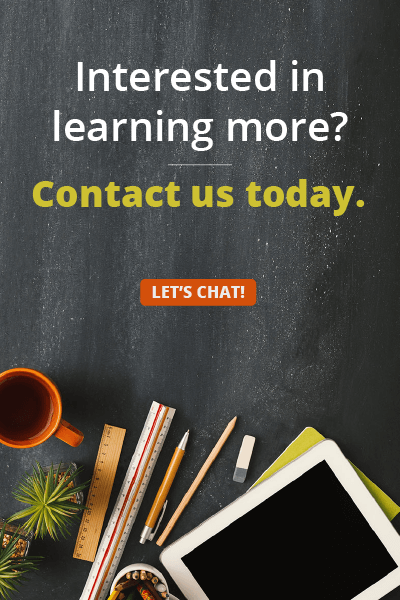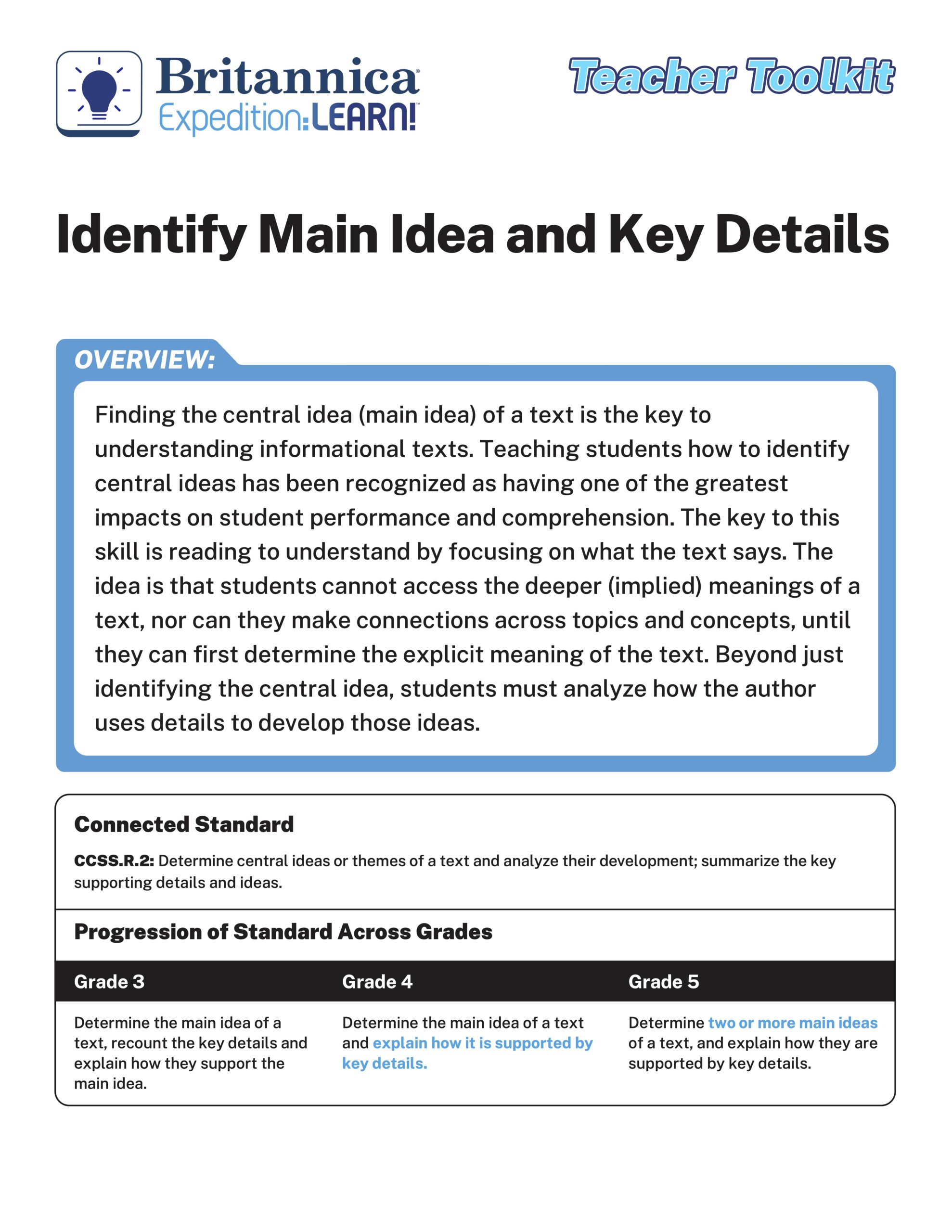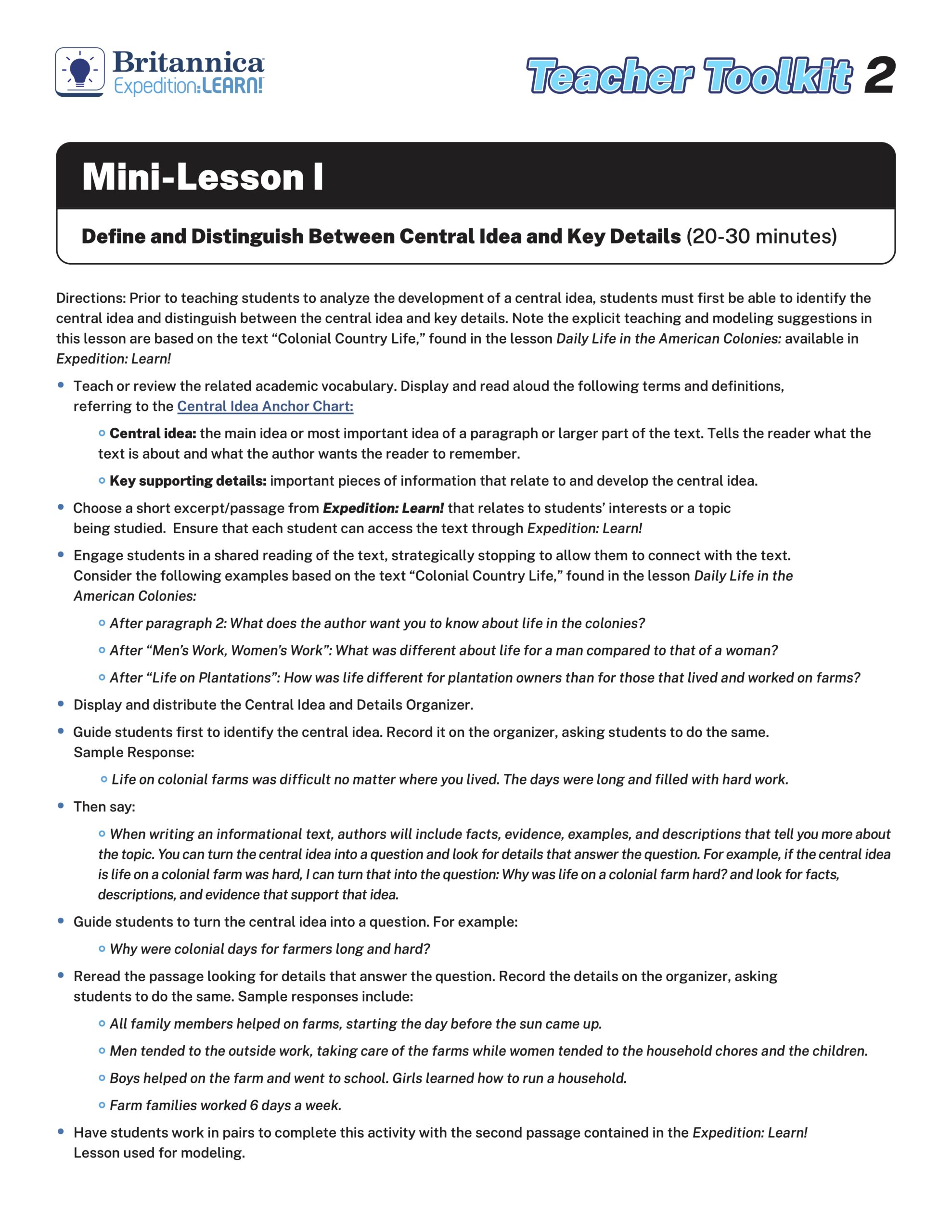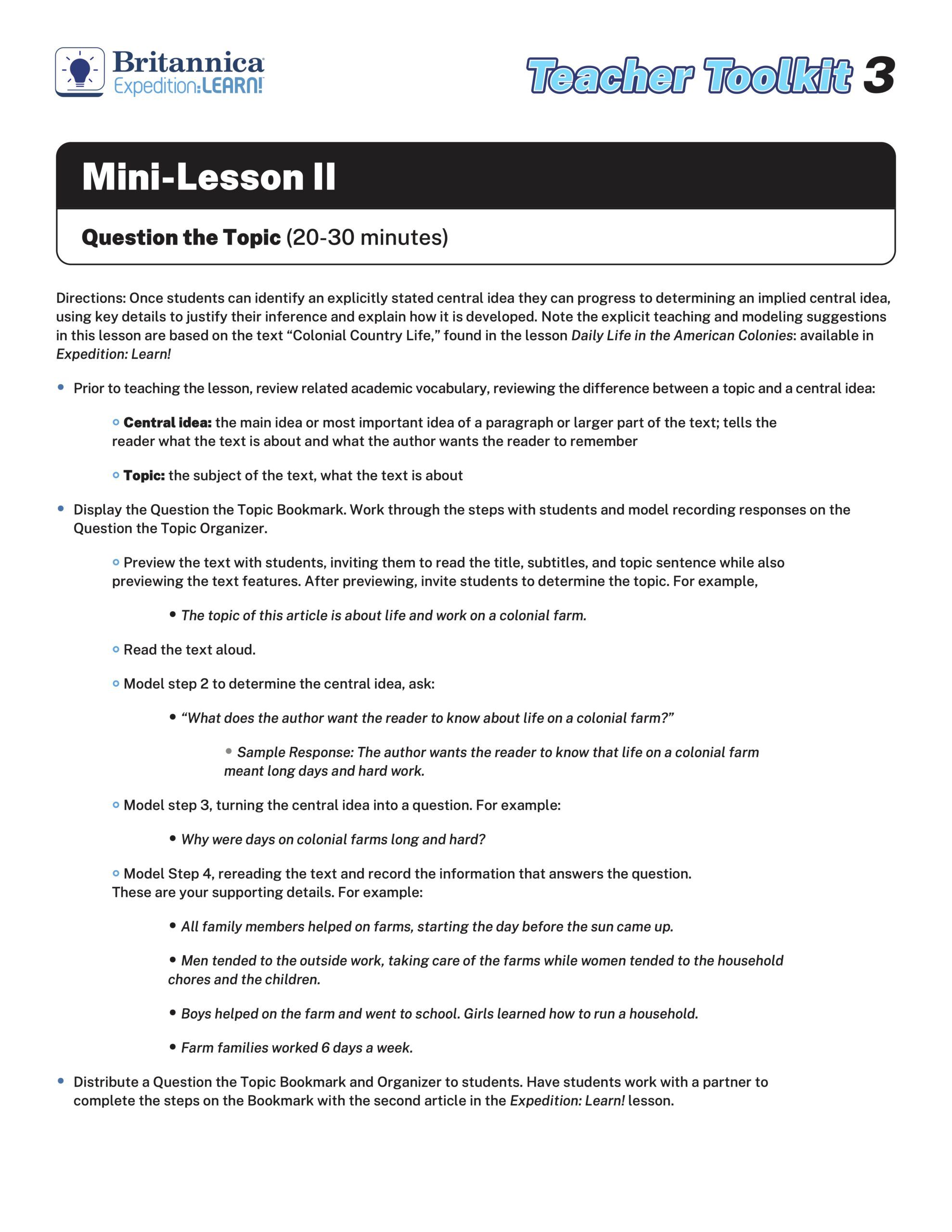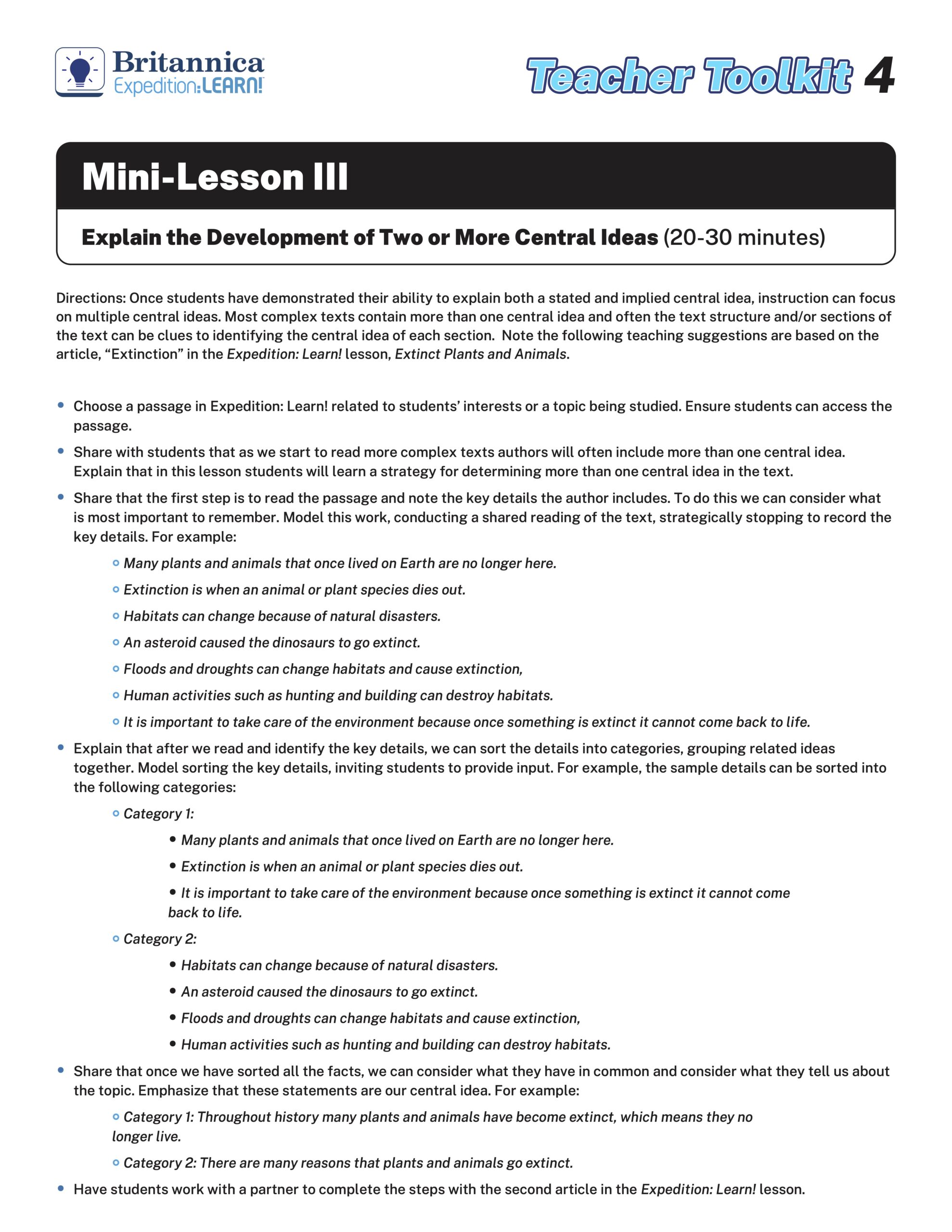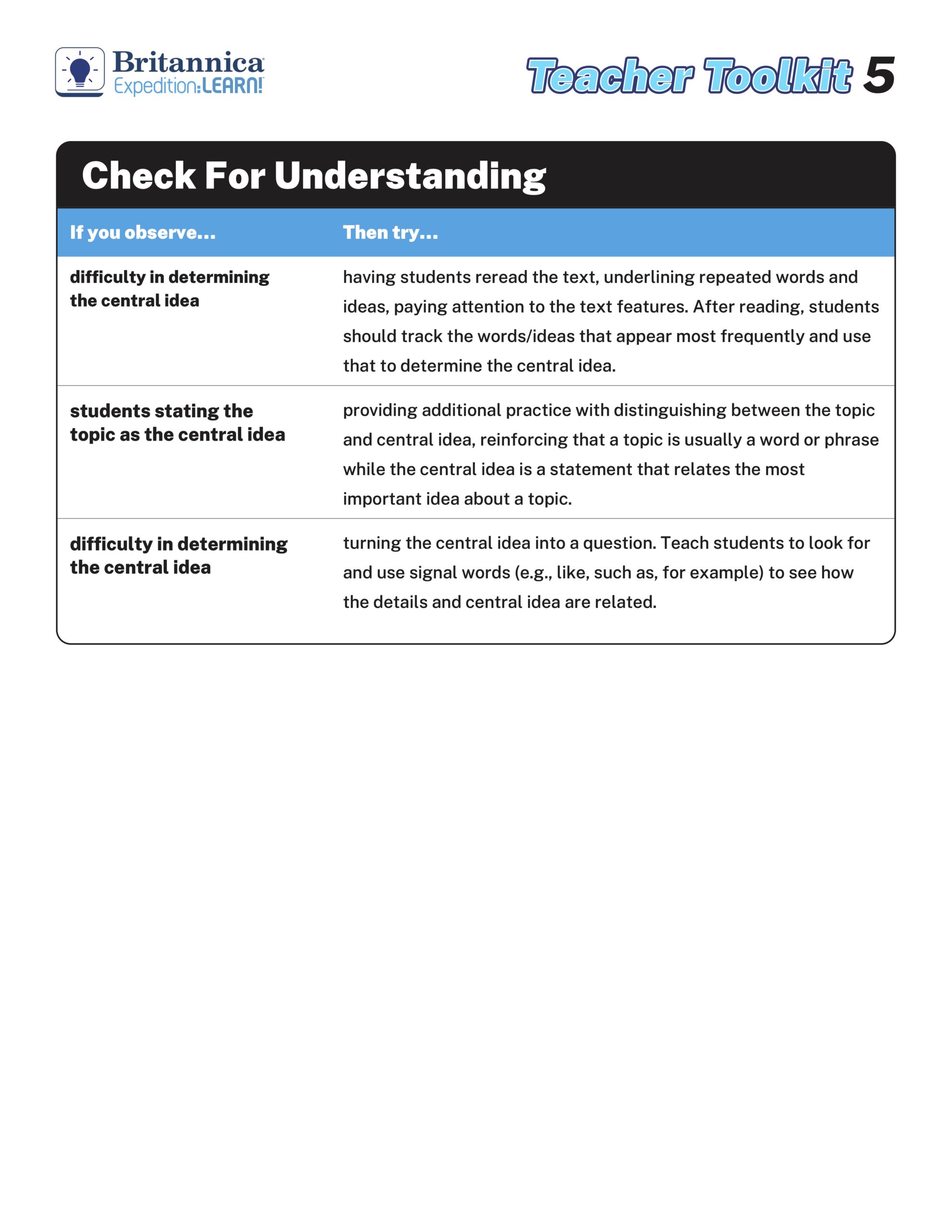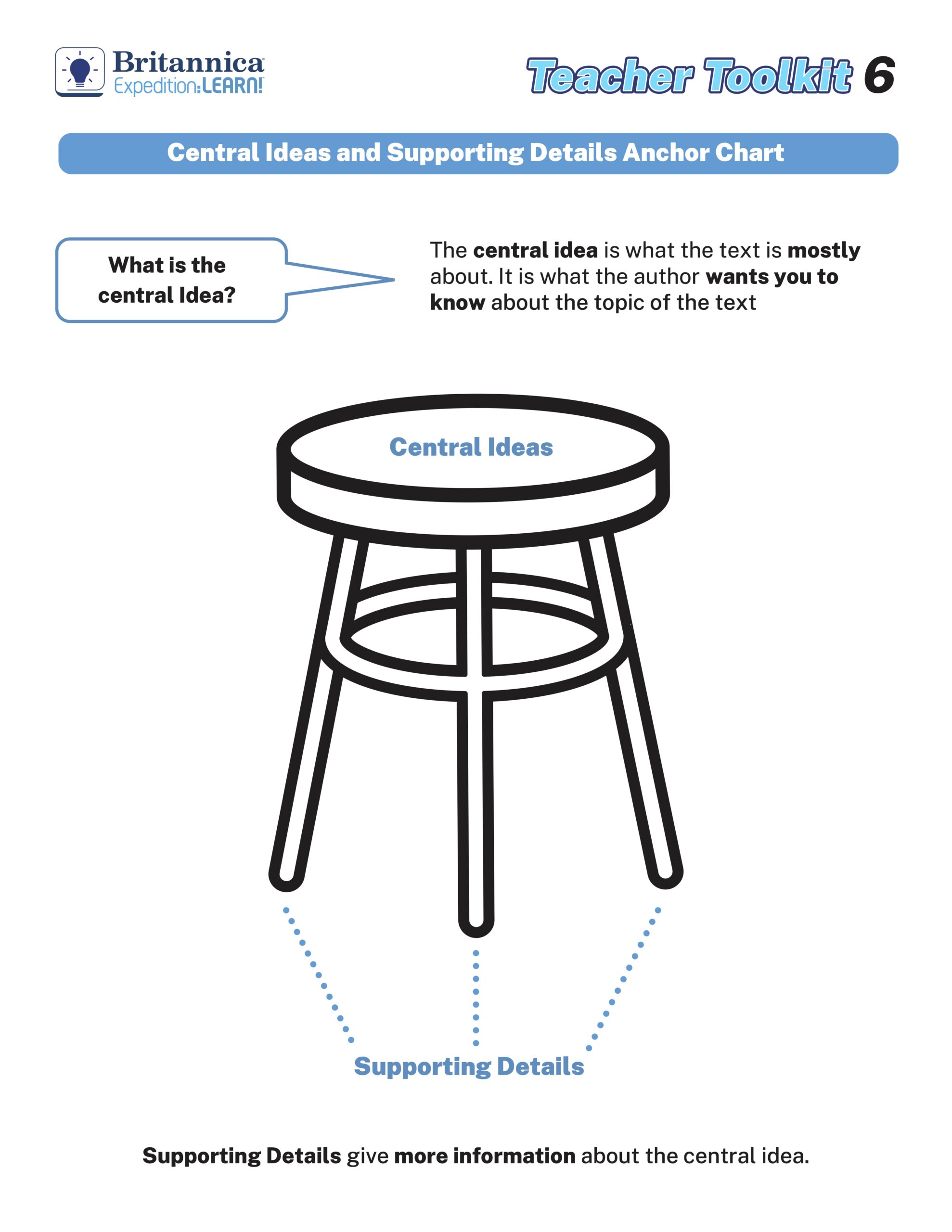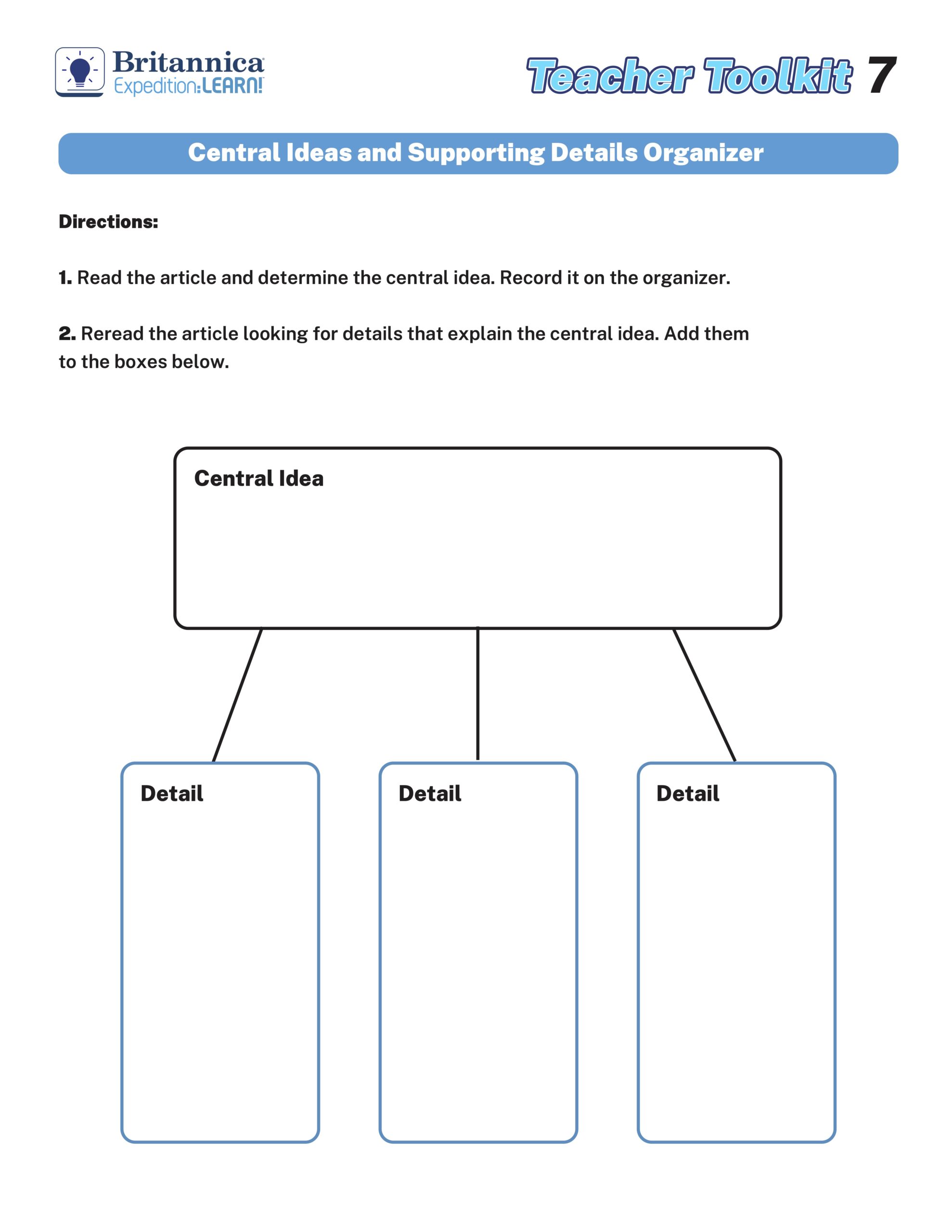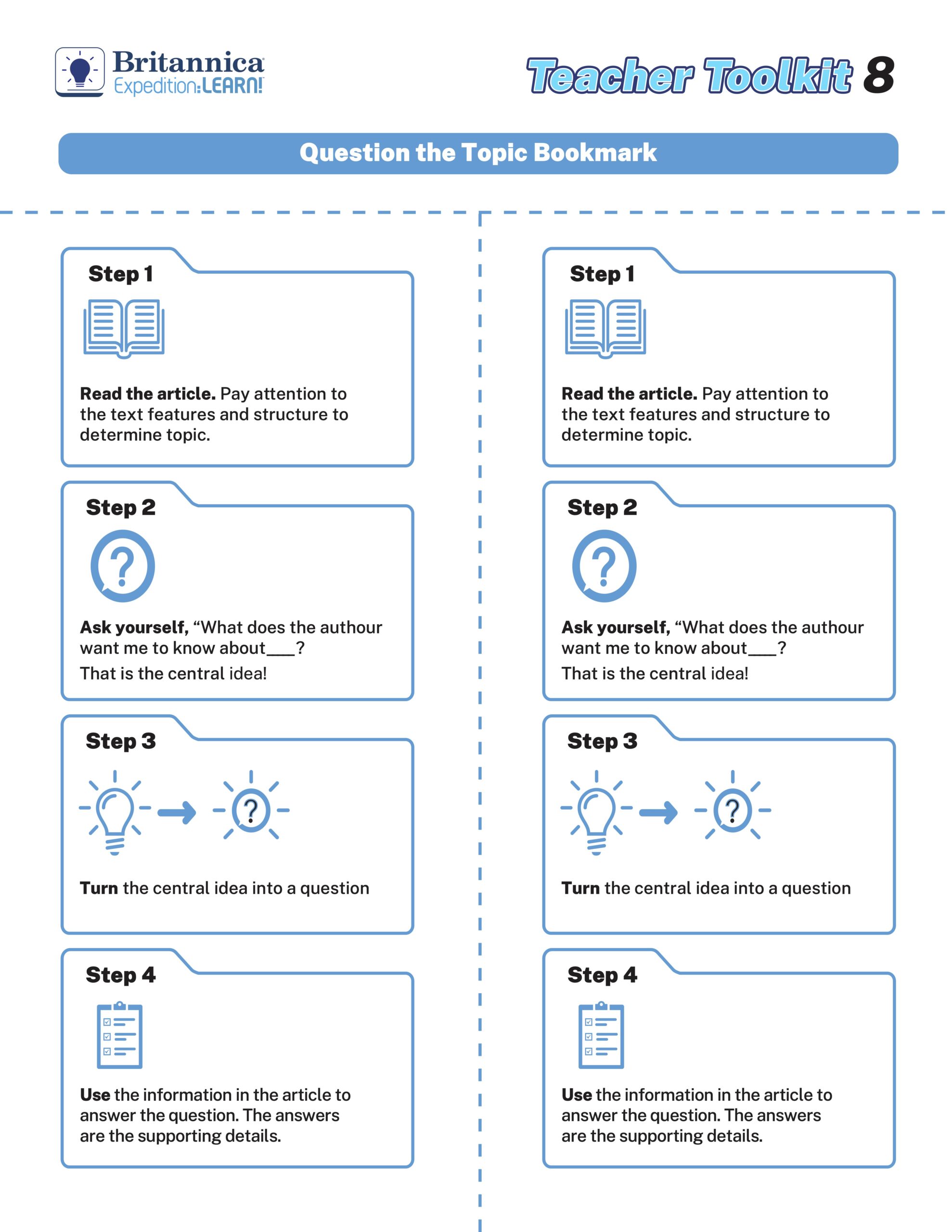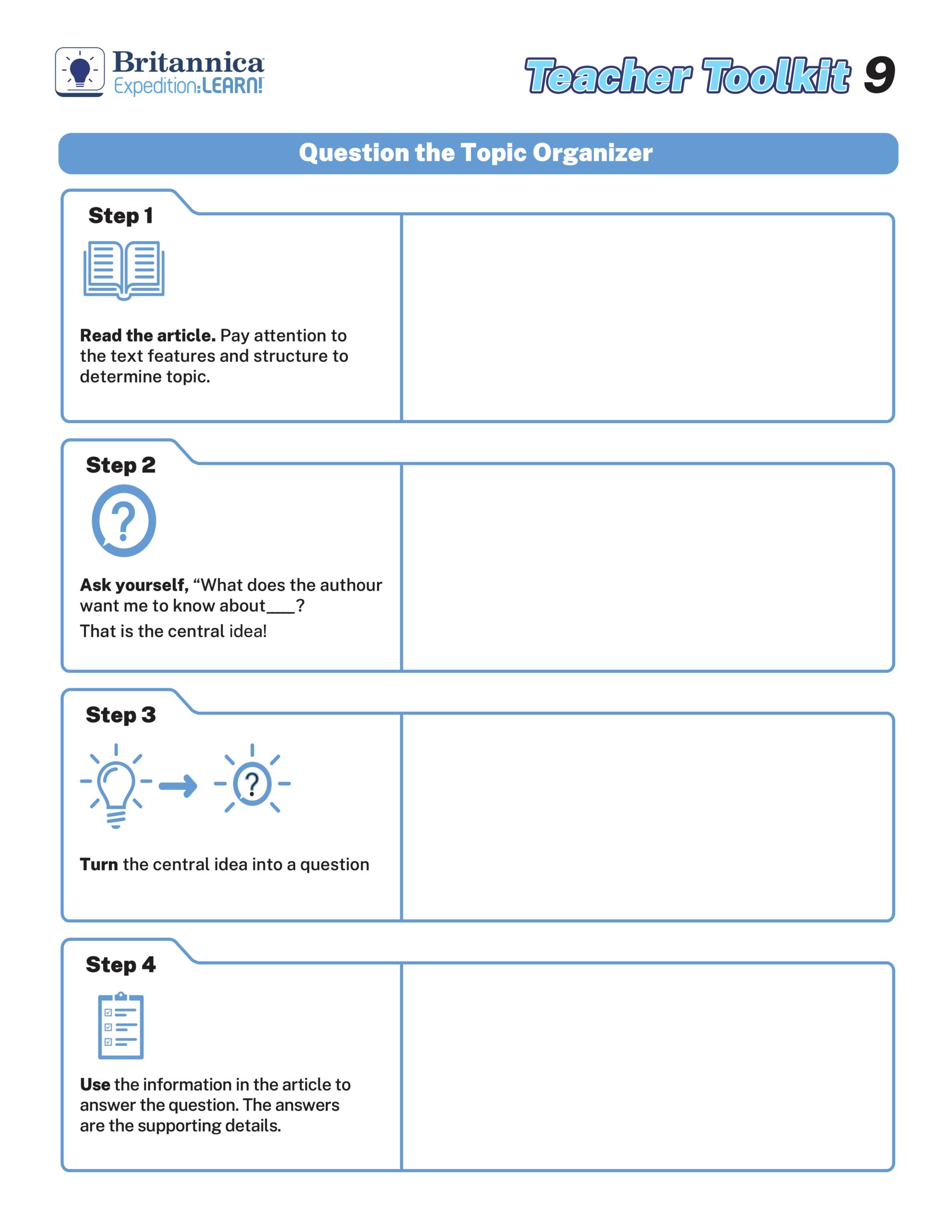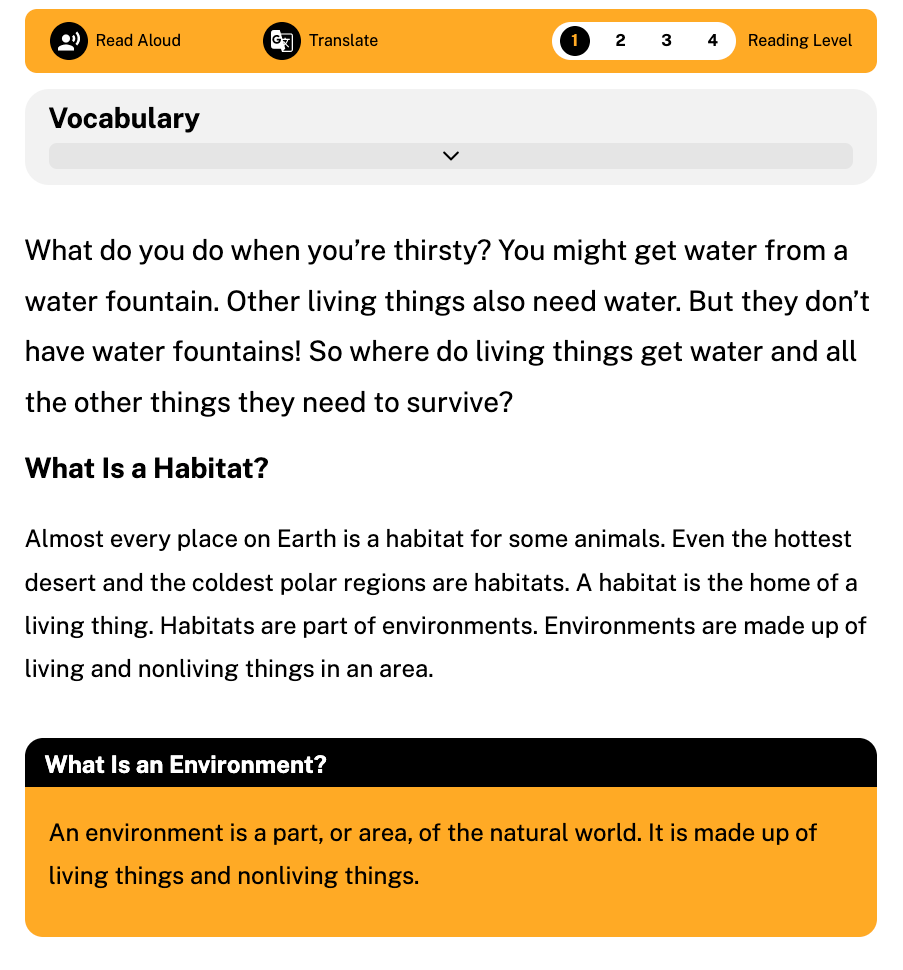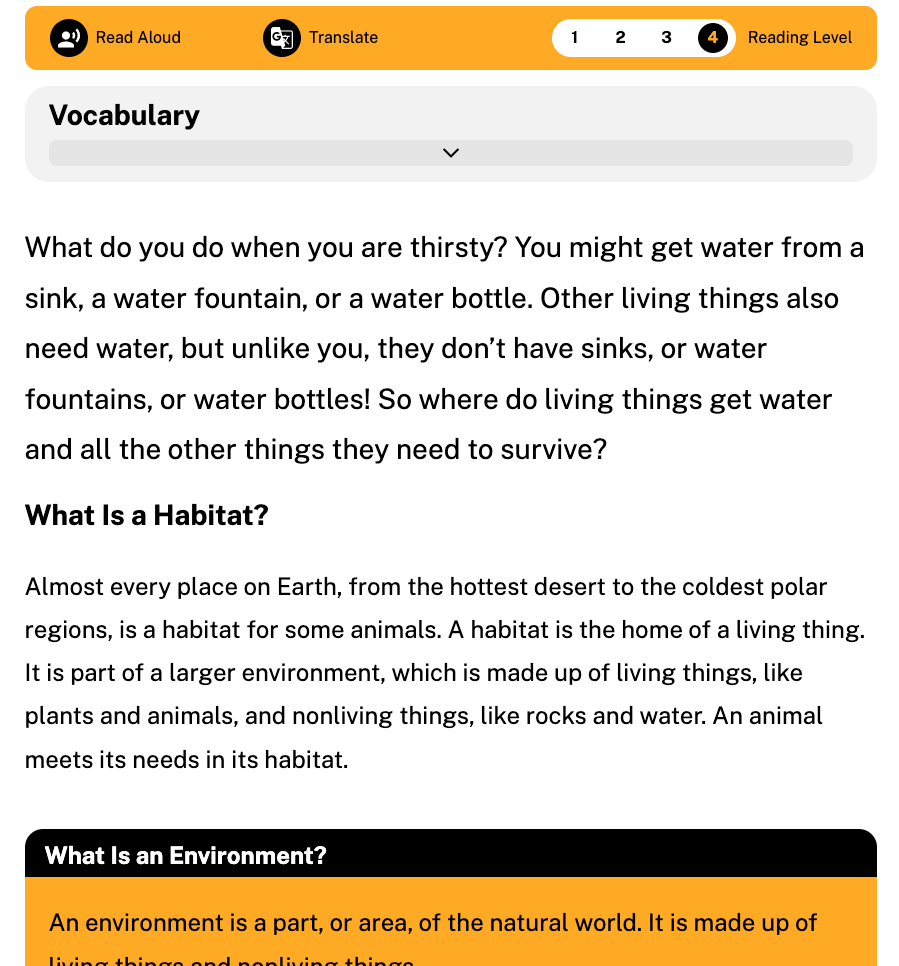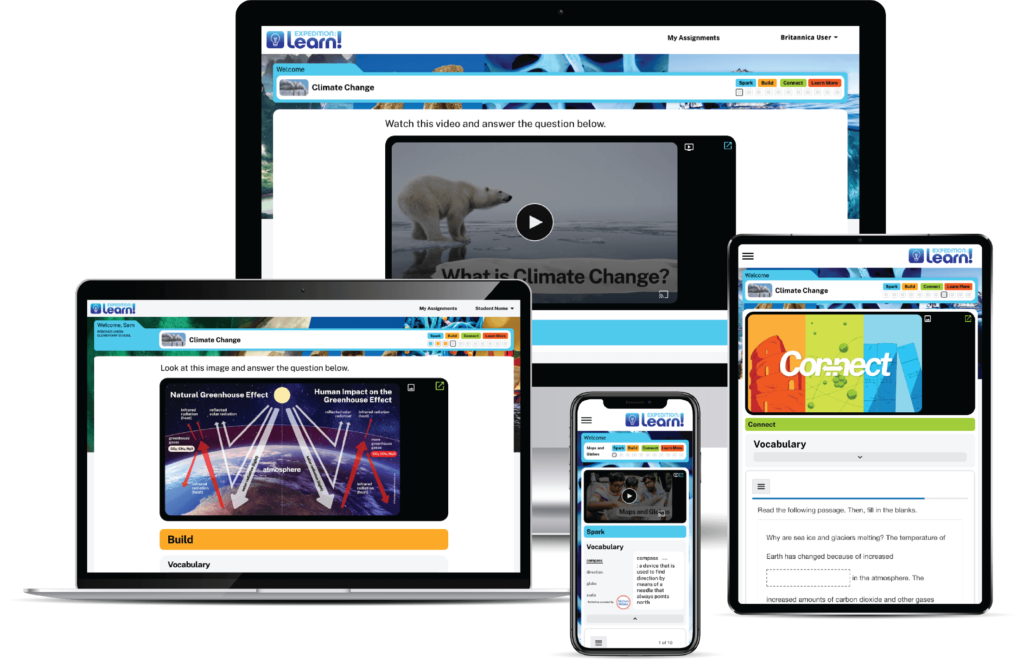Infusing Social and Emotional Learning (SEL) skills throughout the curriculum provides more opportunities for students to practice them across various settings. This way, students can form stronger connections and begin to apply these critical skills in everyday experiences.
So what does that look like in the classroom?
Let’s say you want to navigate a Social Studies lesson that integrates SEL.
START WITH THESE STEPS:
- Establish the lesson topic.
- Determine the ELA objectives.
- Identify and explain the SEL competencies you wish to align.
- Create an activity that encourages students to ask questions and think critically about making connections with the targeted source (e.g. informational text, video or image).
Here are two approaches you can try
Lesson Idea 1:
Using Informational Text to Make Connections to Text and Self
SEL Competency:
Responsible Decision-Making: The ability to make caring and constructive choices about personal behavior and social interactions in different situations.
ELA objectives:
- Draw evidence from informational texts to support analysis, reflection, and research.
- Refer to details and examples in a text when explaining exactly what it is trying to say AND when coming up with inferences from the text.
Help students make connections to the text and self
- Create thought-provoking questions that enable students to make connections with the informational text
- Have students focus on the targeted SEL competency by creating thought-provoking questions that enable students to make connections to self:

Lesson Idea 2: Using “See Think Wonder” to Make Connections to Images
SEL Competency:
Self Management: The ability to manage one’s emotions, thoughts, and behaviors effectively in different situations and to achieve goals and aspirations.
ELA objectives:
- Conduct short research projects to answer a question. Have students use several sources to generate additional related, focused questions for further research and investigation.
- Refer to details and examples in a text when explaining exactly what it is trying to say AND when coming up with inferences from the text.
Select an image that is relevant to the topic

Introduce the “See Think Wonder” activity
Unpack the activity by explaining what each of the “See Think Wonder” elements means.
Model (scaffold)
Teachers can walk through the process of problem-solving for their students to explain the steps as they move along the “See Think Wonder” activity.
Ask for responses from students as they look at the selected image

What do students take away from these activities?
Integrating Social and Emotional Learning across subject areas has many positive outcomes for students, including:
- Connecting students to others’ stories and backgrounds through text, images, and media
- Encouraging student voice. This provides a platform for students to share their ideas and stories with their peers and make connections with the world around them
- Encouraging inquiry, analysis, research, and critical thinking skills (cross-disciplinary)
- Successfully interacting with each other
- Establishing and maintaining positive relationships
- Developing positive attitudes and beliefs about self, others, and school
- Helping students to feel and show empathy
- Helping students understand and manage their emotions
- Encouraging students to set and achieve positive goals
How Britannica integrates SEL into their products
At Britannica, our team of curriculum experts is always updating our resources to provide useful information to serve the needs of our students.
For additional support as you integrate SEL in your classroom, check out these free resources:

